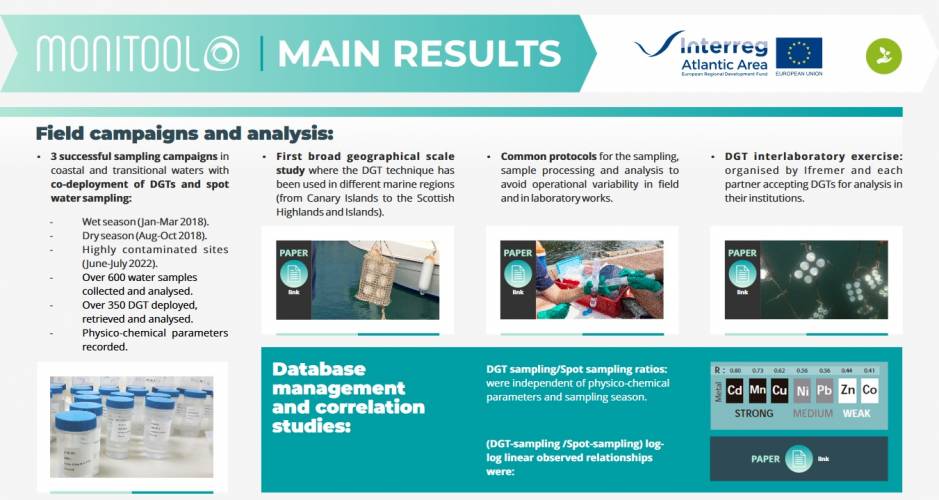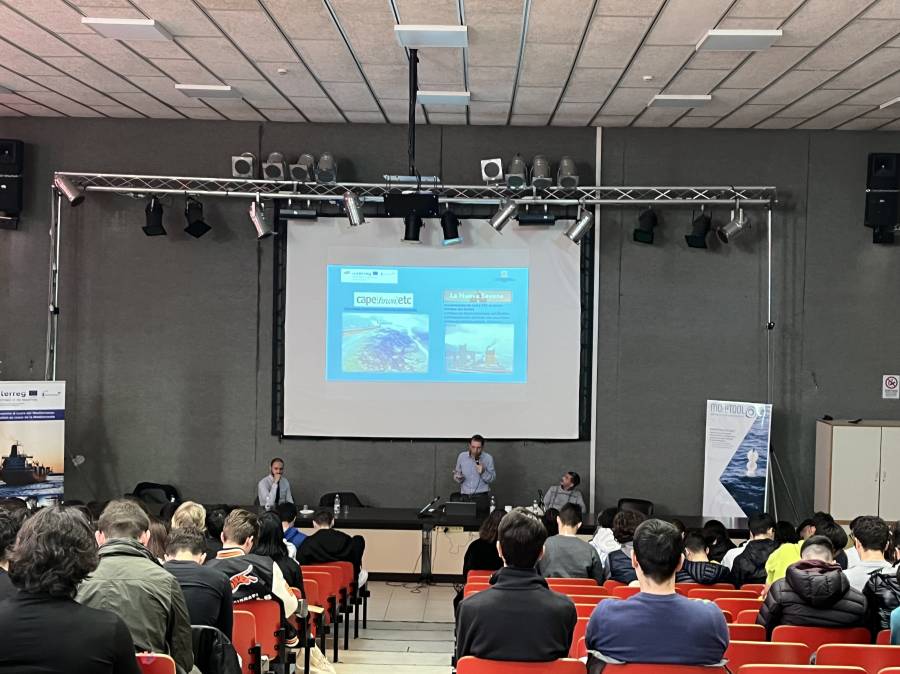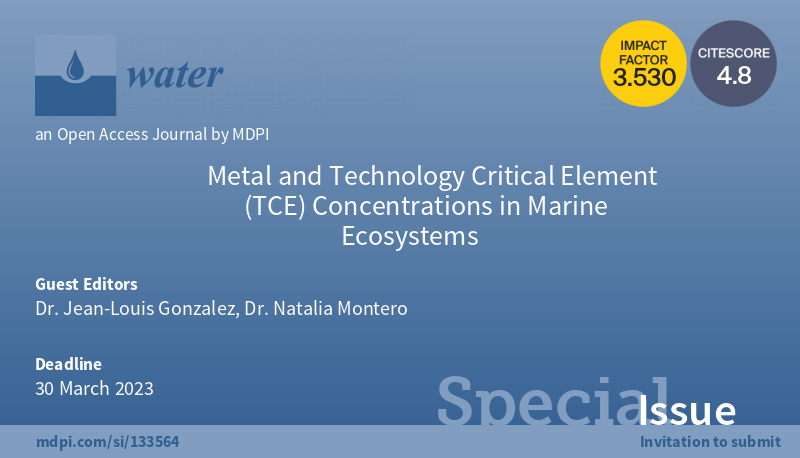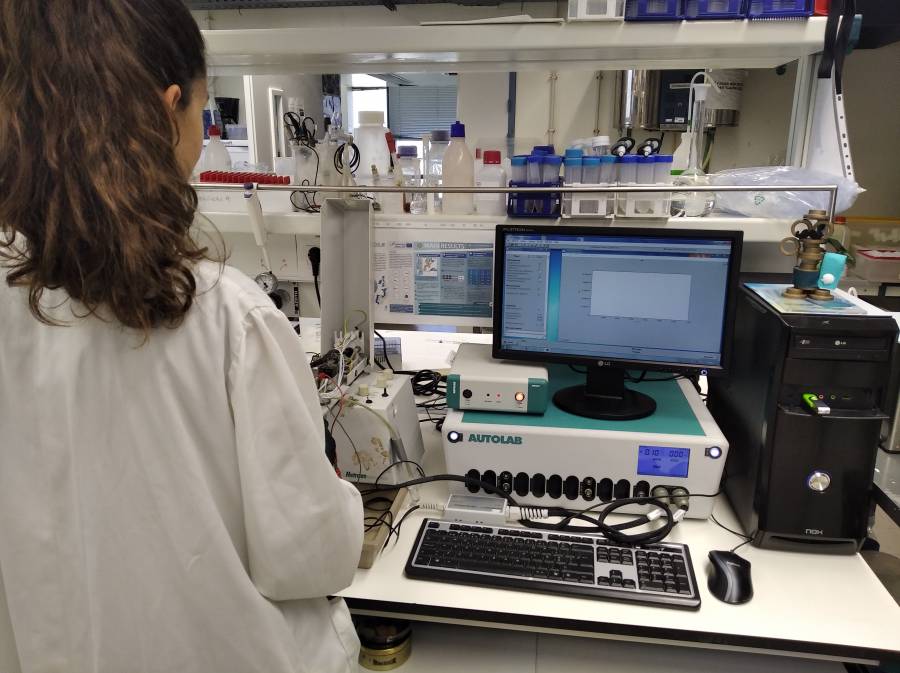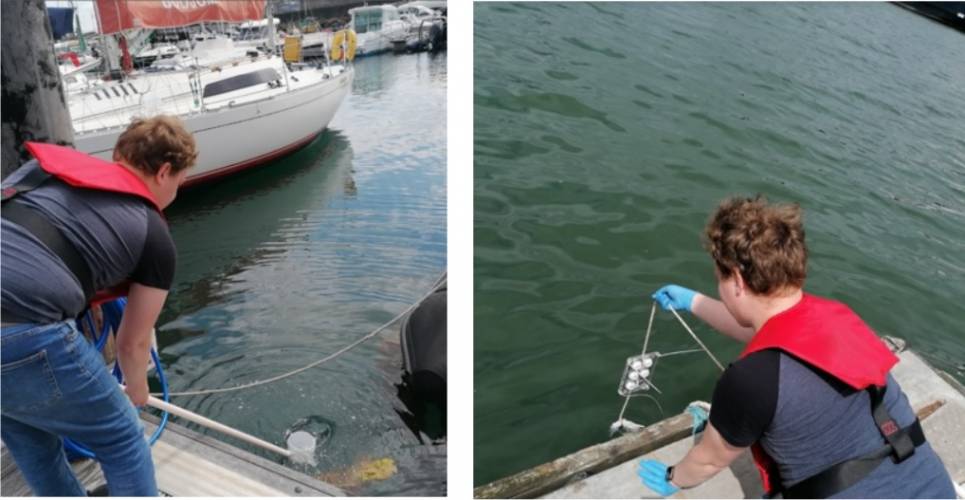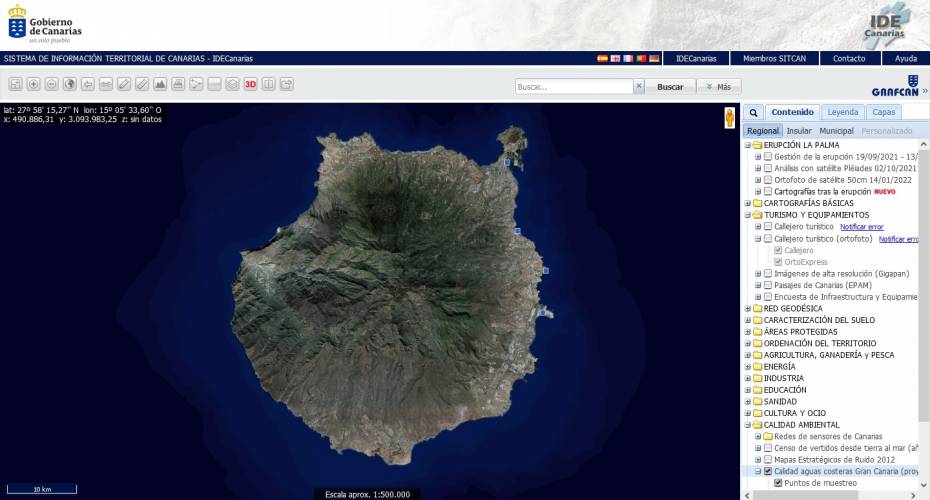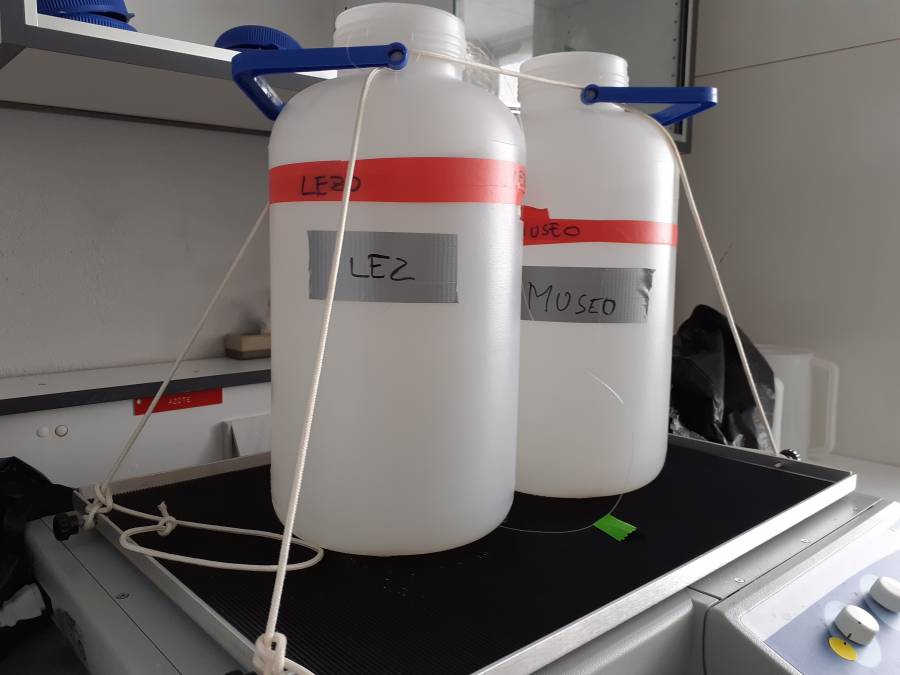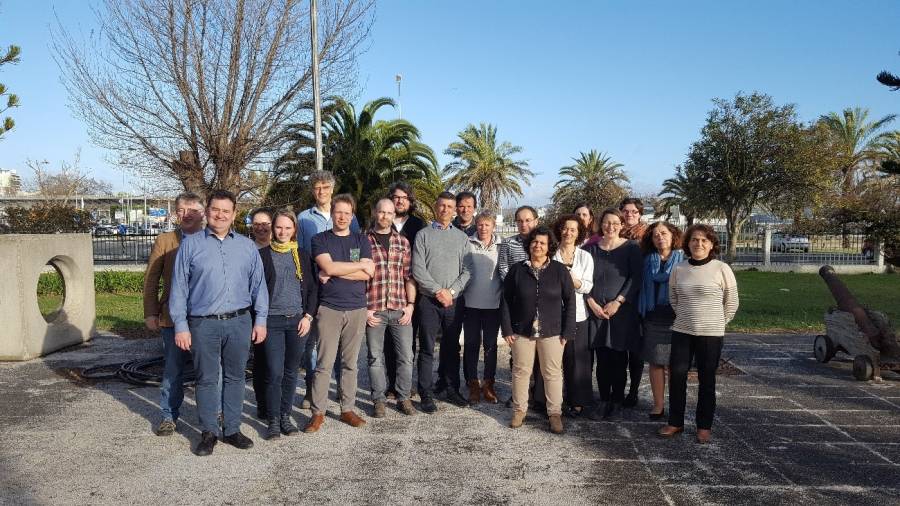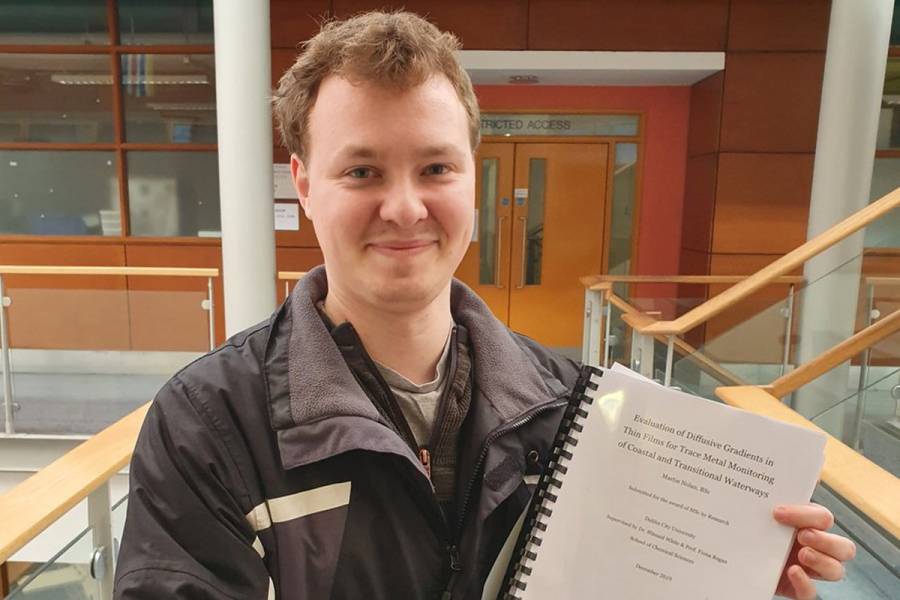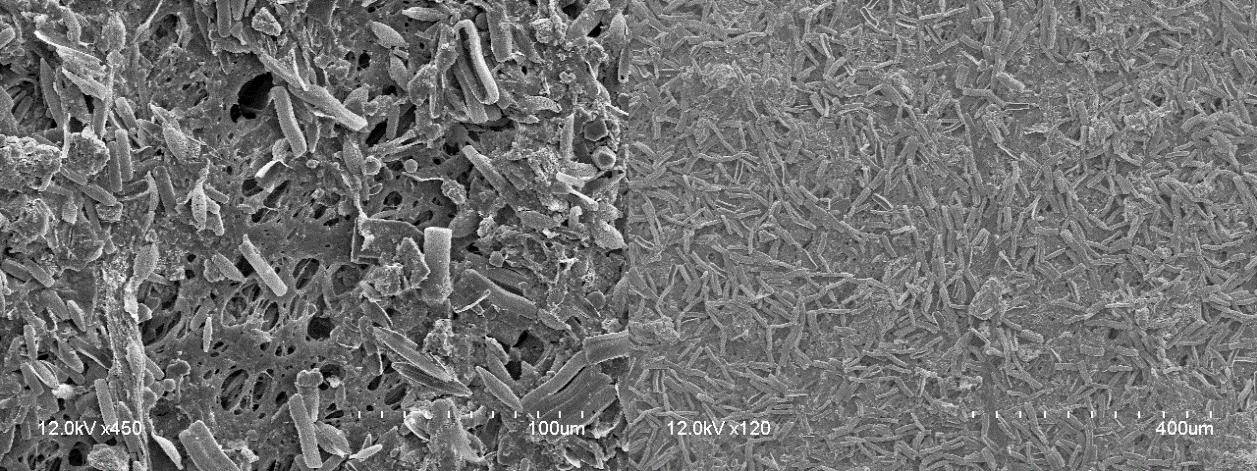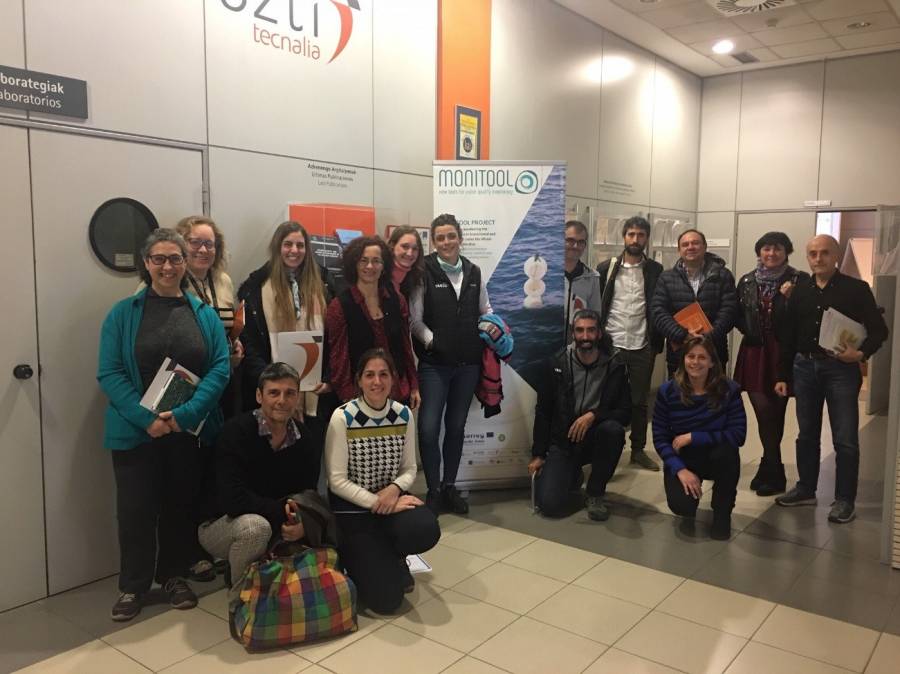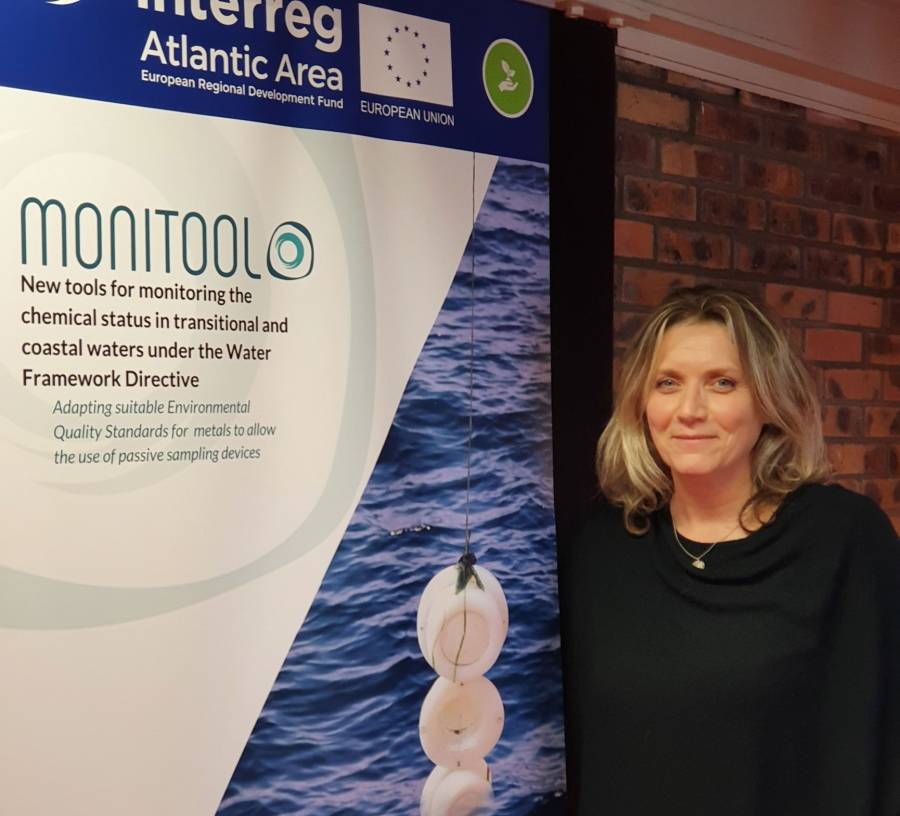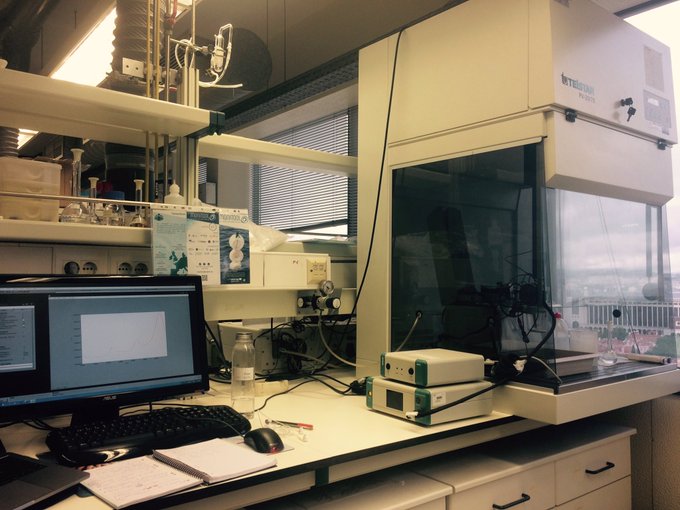 Determination of lead and cadmium labile fraction by Anodic Stripping Voltammetry and total dissolved Nickel Cathodic Stripping Voltammetry by IST (Lisbon, Portugal)
Determination of lead and cadmium labile fraction by Anodic Stripping Voltammetry and total dissolved Nickel Cathodic Stripping Voltammetry by IST (Lisbon, Portugal)
MONITOOL has as main target to adapt suitable Environmental Quality Standards (EQSs) for priority and specific metals to allow the use of Diffusive Gradient Thin films (DGTs) for water monitoring. DGTs are a type of passive sampling devices (PSDs) that measure the concentration of labile species present in aquatic media, better related to risk assessment than the total concentrations. Therefore, during MONITOOL project, co-deployments of DGTs plus water spot sampling and subsequent DGT and water metal analysis across the Atlantic region (Canaries – Highlands and Islands) will be addressed to determine suitable DGT-EQS for metals.
Instituto Superior Técnico (IST) is responsible for the analysis in the water samples of the priority metals Cd, Pb and Ni by voltammetry (Figure 1). Voltammetric techniques provide the most direct methods for the study of trace metal speciation at low concentrations levels because they can be applied directly in saline waters and do not require an initial preconcentration step by physical methods. In this way contamination and/or significant losses of trace constituents are avoid. Due to the low concentrations usually presented, stripping voltammetries will be used to determine the labile Cd a Pb fraction and the total Ni dissolved concentration in the aquatic media.
The concentrations determined by voltammetry will be critically compared to the labile Cd and Pb fractions determined by DGTs and the total dissolved Ni fraction determined by seaFAST ICP-MS.




